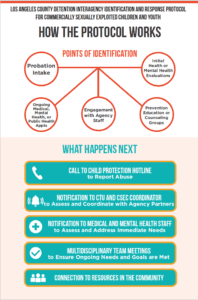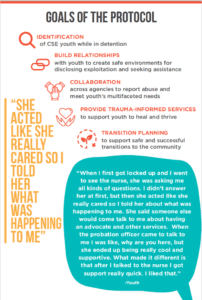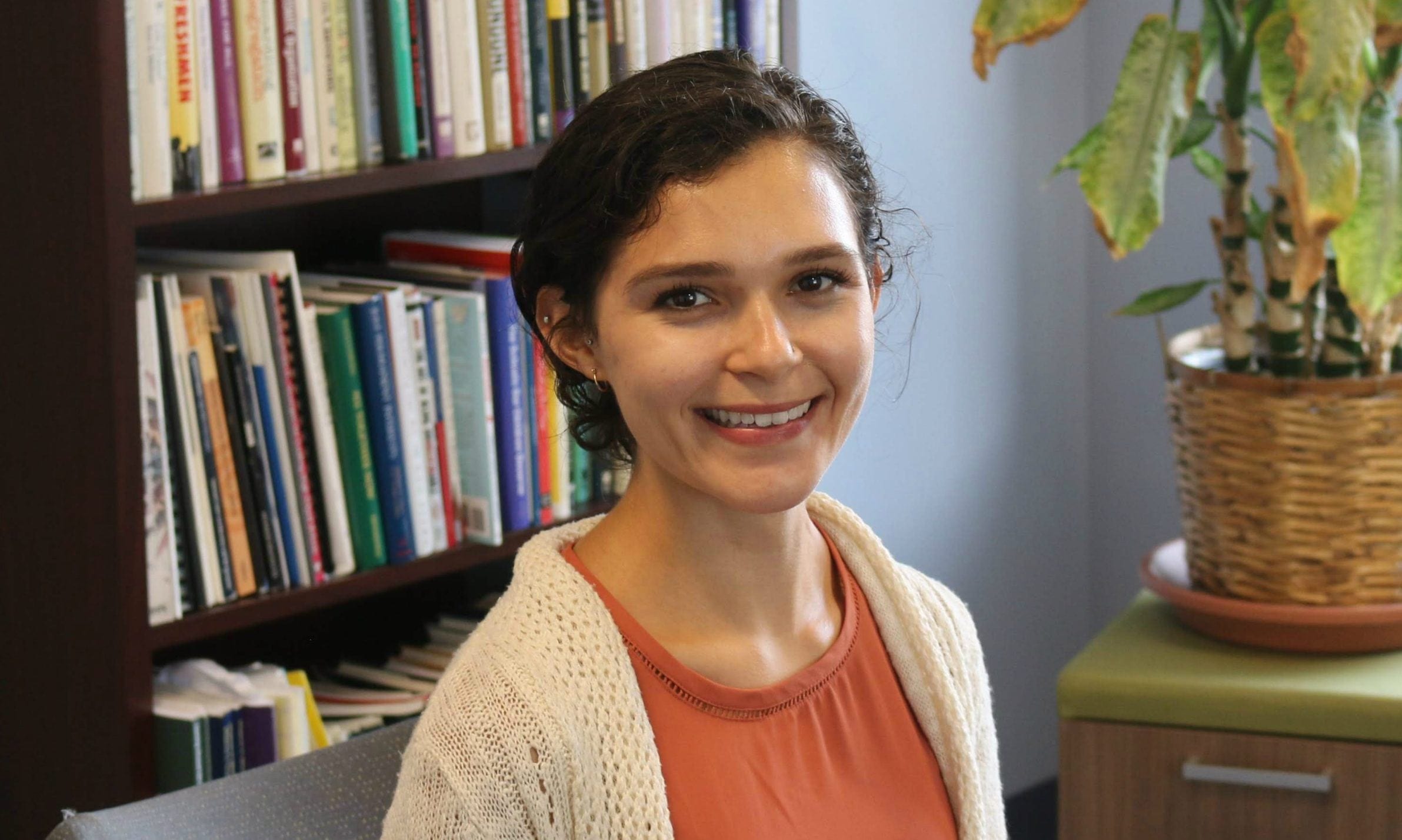
Samaura Stone, AYPF Senior Policy Associate
A year has already passed since March 26, 2018, a day that shook me and so many others across the country to their core. The news broke my heart and left me in disbelief. How could six children, ranging from the ages of 12-19 become the victims of what was declared a murder-suicide after their adoptive mother drove their car off a cliff in Northern California? It was a horrific day that reminded me of a fractured system that I know too well, one in which far too many young people have experienced collateral damage. I was left puzzled and stubbornly hoping that the media had it wrong and somehow the outcome would be different. The investigations that were later conducted revealed multiple allegations of physical abuse and neglect, according to reports from the children’s schools, neighbors, and case workers. In 2011, court documents confirmed that Sarah Hart, one of the adoptive mothers, pleaded guilty and was convicted of domestic assault against one of the children. The tragedy exposed many unfortunate truths about our child welfare system, including the lack of oversight after an adoption takes place, challenges that biological family members face when navigating the foster care system, and the lack of information shared across state systems. The couple had a history with child welfare agencies in Texas, Minnesota, Oregon, and Washington.

The Hart Family (left) and picture of the crash site in Mendocino, CA
Sadly, the prevalence of abuse and neglect which often persists after youth enter the child welfare system or are adopted is not unique to the Hart children, although it is rarely discussed or reported. A 2017 article titled: A horrifying Journey through Arizona Foster Care, and Why we Don’t Know how Many More Children May be Abused, stated that “In 2014, approximately 46 states that reported data to the federal Children’s Bureau, all claimed that fewer than 2% of children in foster care had been harmed in the prior year.” However, decades of surveys revealed that between 25% and 40% of former foster children reported being abused or neglected in care. The same article mentioned a 2005 study that found 33% of former foster children had reported being mistreated in care.
According to the Department of Health and Human Services, about 3.5 million children were subject to at least one maltreatment report in 2017. Approximately, 85% of youth enter foster care due to neglect, which includes parental substance abuse, inadequate housing, and parent incarceration, and 15% enter because of abuse. Another form of abuse that is rarely discussed is sexual abuse, as well as sex trafficking, which impacts about 60% of youth in foster care.
Despite these depressing statistics, as child advocates, policymakers, practitioners, and others who care deeply about youth, we must continue to celebrate the small victories. For example, the Family First Prevention Services Act (FFPSA), legislation that was passed in 2018, provides support for in-home services to keep families from entering the foster care system. In addition, FFPSA also seeks to enhance Kinship Navigator Programs that serve as one-stop centers to assist relatives in caring for children; requires states to have a plan to prevent fatalities and compile accurate information on maltreatment-related deaths; and states must adopt model licensing standards for foster homes.
 Another highlight is more states and counties are starting to adopt policies that promote cross-agency collaboration to replace punitive practices with more trauma-informed and service-based approaches when working with youth involved in the foster care and juvenile justice system. Los Angeles County recently launched a new interagency protocol to identify and serve commercially sexually-exploited youth that come in contact with the juvenile justice system. The partnership is between the Probation Department, the Departments of Children and Family Services, Health Services, Mental Health, and Public Health, the Office of Education, and the National Center for Youth Law. The data so far shows of the 526 youth who have disclosed exploitation, about 41% of them disclosed to Probation staff, 32% disclosed to health care staff, and 26% disclosed to mental health staff. Clear signs that the protocol is working to, at the very least, provide youth with an opportunity to discuss their abuse and be matched with much needed services.
Another highlight is more states and counties are starting to adopt policies that promote cross-agency collaboration to replace punitive practices with more trauma-informed and service-based approaches when working with youth involved in the foster care and juvenile justice system. Los Angeles County recently launched a new interagency protocol to identify and serve commercially sexually-exploited youth that come in contact with the juvenile justice system. The partnership is between the Probation Department, the Departments of Children and Family Services, Health Services, Mental Health, and Public Health, the Office of Education, and the National Center for Youth Law. The data so far shows of the 526 youth who have disclosed exploitation, about 41% of them disclosed to Probation staff, 32% disclosed to health care staff, and 26% disclosed to mental health staff. Clear signs that the protocol is working to, at the very least, provide youth with an opportunity to discuss their abuse and be matched with much needed services.
Finally, raising awareness of child abuse through outreach, such as The Shine Campaign launched by the National Children’s Alliance to promote conversations about child abuse and specifically child sexual abuse, are critical. It is a notable reminder of resilience and the power of sharing. As one survivor featured on the site so eloquently put it, “I think of our life experiences as cake: if you try to eat the ingredients separately, they don’t taste good, but after you put them together, it’s beautiful. What we went through are the ingredients that add to the shaping of our lives, and we can come out as overcomers.”
In honor of 15-year-old Devonte Hart, 16-year-old Hannah Hart, 12-year-old Sierra Hart, 19-year-old Markis Hart, 14-year-old Jeremiah Hart and 14-year-old Abigail Hart, and all of the thousands of youth impacted by child abuse each year, we must do our part to elevate their voices and help change a system of tragedy to one filled with hope. To quote Nelson Mandela, “There can be no keener revelation of a society’s soul than the way in which it treats its children.”
For more information about child abuse prevention and what you can do to help, please check out AYPF’s animated video here.






